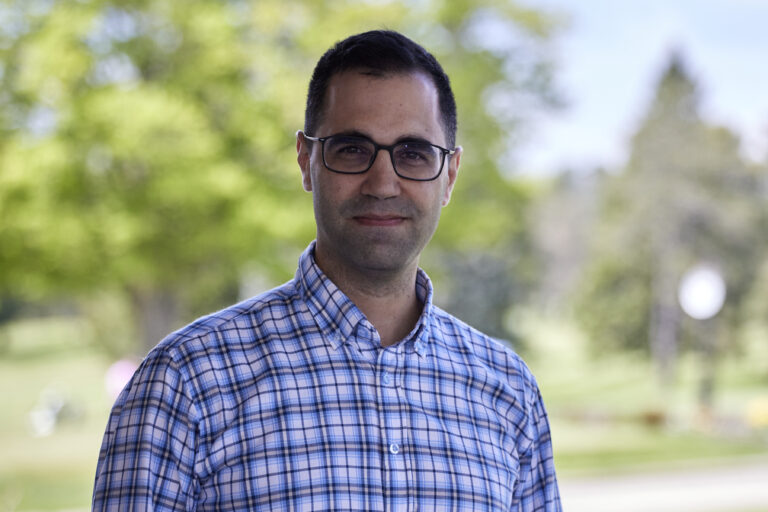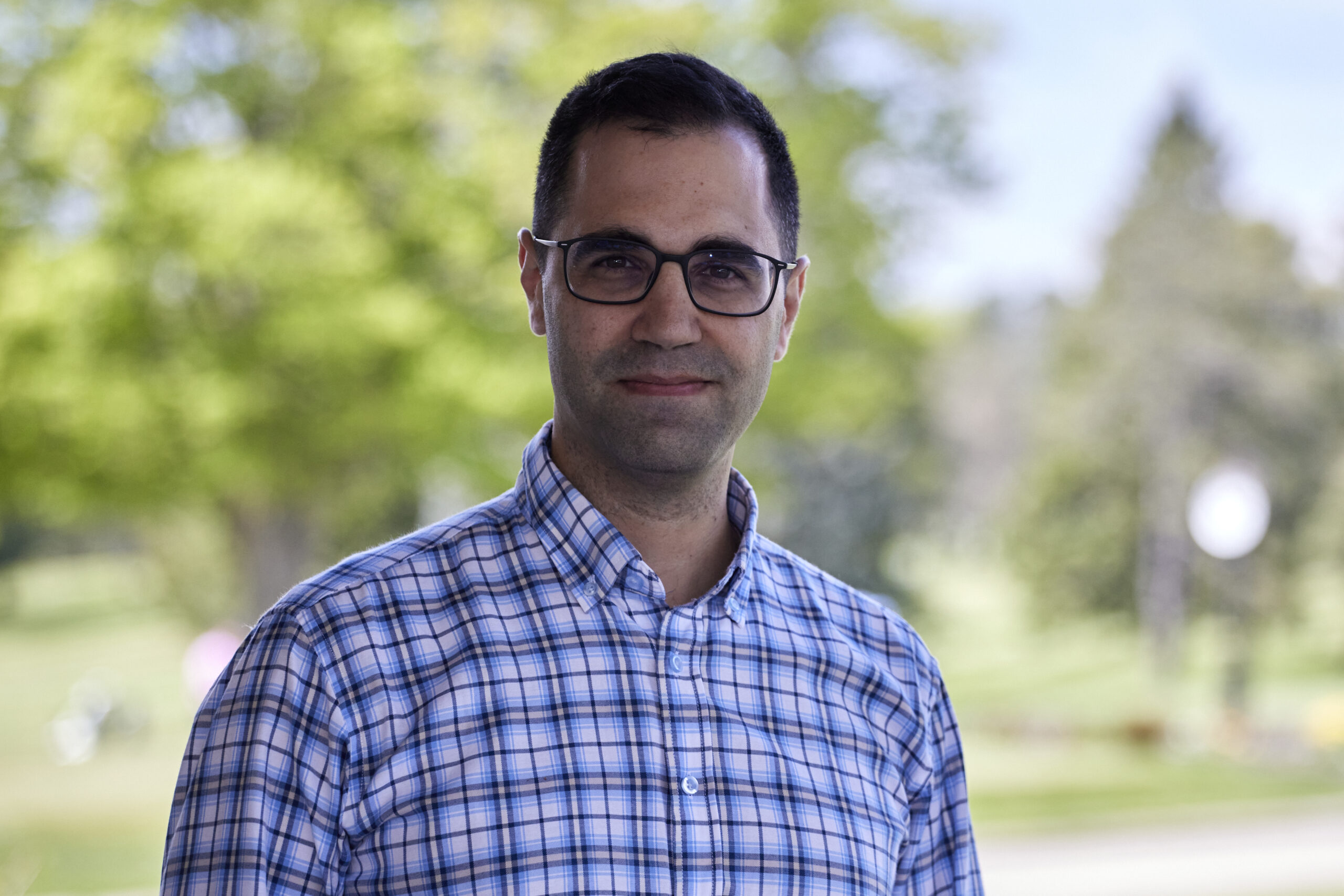
Salim Yusuf
Also available in: French, Spanish, German, Portuguese, and Chinese.
Global health has paid a deadly price for delaying the wide availability of the ‘polypill’ – multiple medications in a single pill – which is an effective and affordable way to drastically reduce the risk of cardiovascular disease (CVD), says a call-to-action published in The Lancet today by PHRI’s Executive Director Salim Yusuf and Fausto Pinto, President, World Heart Federation.
About 54 million people suffer from cardiovascular disease every year – a third of them die from CVD – with 80 percent of them living in low-income and middle-income countries.
The majority of heart attacks and strokes afflict people who have no prior CVD. Therefore, preventing the first incidence of CVD – primary prevention – needs more efforts, as does secondary prevention (management of high blood pressure and LDL ‘bad’ cholesterol in people who’ve had CVD).

Fausto Pinto
“The current strategy in primary and secondary prevention has only been modestly successful in most countries, including high-income countries,” say Yusuf and Pinto. They believe the polypill is the future for CVD prevention.
Also known as fixed-dose combination (FDC) therapy, the polypill began as a concept in the early 2000s with the question: Could a combination of blood pressure lowering agents, a statin for lowering LDL cholesterol, and low-dose aspirin reduce CVD?
That question moved to evidence; “the polypill now has data from three independent, large, and long-term trials in primary prevention showing its life-saving significance,” Pinto and Yusuf note.
Those trials include the global TIPS-3 study led by Yusuf (NEJM, 2020). A FDC meta-analysis (Lancet, 2021) – led by PHRI Investigator Philip Joseph – concluded that no matter your blood pressure or cholesterol levels, or whether or not you’ve had cardiovascular disease or have diabetes, taking a FDC of common medications daily can cut your chance of having a heart attack or a stroke in half – and, if you’re 65 years or older, that protection is the greatest.
However, despite the accumulation of scientific evidence, “few such combined products are available and, in the few countries where they are available, use is low,” Pinto and Yusuf point out. “This systemic failure is a global tragedy, as many premature deaths from CVD could be avoided.”
New strategies for polypill implementation
 How can the use of polypills be increased? Pinto and Yusuf have some recommendations in their Lancet commentary:
How can the use of polypills be increased? Pinto and Yusuf have some recommendations in their Lancet commentary:
- Encourage large pharmaceutical companies to invest in developing and testing of polypills – in particular, newer polypills with larger blood pressure lower effects (such as combining low does of 3 or 4 classes of drugs with statins and low doses of aspirin). Manufacturing with generic components, and marketing polypills at locally sensitive prices, would ensure profitability for the companies and use by the majority of people around the world.
- Include polypills in the WHO’s Essential Medicines List, and in guidelines for both primary and secondary prevention of CVD. “This would encourage governments and insurance companies, especially in low-income and middle-income countries to include in their formularies, and clinicians to recommend its use,” Yusuf and Pinto write.
- Combine the polypill with advice to improve lifestyle for CVD prevention delivered by trained non-physician health workers (NPHWs) – not meant as a replacement for physicians who can focus on managing individuals with more complex conditions, but as a combined strategy that would help many more people.




